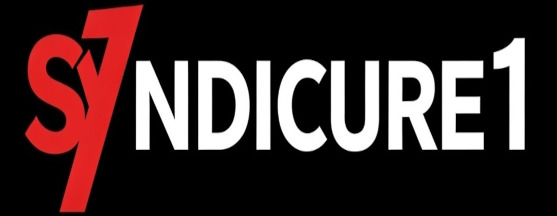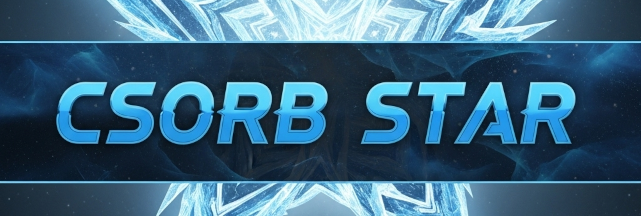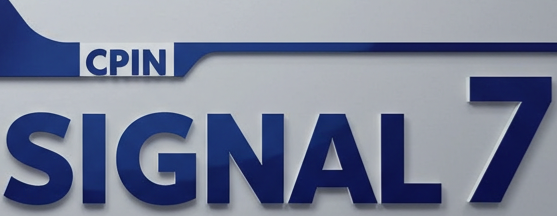“It’s a beautiful language to listen to. I only regret that I’ll never speak it as well as a Chiss.“
Cheunh:
Cheunh is the primary language of the Chiss. For non-native speakers, it is a very dense, difficult-to-understand language, where subtle differences of pronunciation are extremely important to the message. Both the written symbols and spoken language are referred to as Cheunh.
Spoken Cheunh:
The spoken language is a complex series of compound words and phrases used to communicate ideas. Root words are used as the core of the word meaning, and built up with the context of the idea or statement. Pronunciation is extremely strict, and even minor differences in a pronounced sound can lead to a radical difference in the word’s meaning. Aspirations on a sound (the soft expelling of air when making the sound) can change the meaning entirely, as can the use (or omission) of a pause in the pronunciation, known as a glottal stop. The Chiss have a much more pliant vocal system than most other species, allowing them to make such throaty pauses much more easily. Cheunh is a very context-heavy language, and is considerably more precise than Basic, Huttese, or any of the other major languages outside Ascendancy Space. To an outsider, a Chiss speaking proper Cheunh often sounds like he or she is stuttering. When a non-Chiss speaks Cheunh their inability to fully pronounce it all can warp the meaning of the words.
Written Cheunh:
The written form of Cheunh is described by non-native writers as flowing, in comparison to the blockier written form of Basic. Written Cheunh does not use letters the way that Basic does, but instead uses ideograms that symbolize concepts and ideas. Combining these ideograms formulates each word, in much the same what that adding on to root words does in the spoken form. Written Cheunh comes in several differing levels of formality, to cover the necessary level of respect the communication much express. Technical Cheunh uses many more, less complex ideograms than casual Cheunh. Formal Cheunh adds in the use of flourishes and shading to further express deference or respect for the one being written to or about. Formal Cheunh is almost always used to sign a document, though casual Cheunh is most often used for day to day communications.
Translating Cheunh documents into Basic is a challenge as it frequently requires the use of a secondary, rarely used character on datapads to do so.
Chiss Names – Past and Present:
The most confusing aspect of Chiss Society involves the names of individuals.
For record-keeping by non-chiss, this once created a problem as the original format for naming changed throughout the course of a Chiss’s life.
A Chiss started their life if a first name from one parent, a middle name for the individual(consisting of 2-5 syllables), and a last name from another parent. The Chiss would be individually known bya Core Name, consisting of the last syllable of their first name, their entire middle name, and the first syllable of their last name. To make things even more confusing the name of the more prominent family tended to be placed first, to help the Chiss have a higher social status head start.
Young Chiss identified as rising talents were recruited by the Chiss Houses as Merit Adoptives would have their first name changed to match the name of their new House.
The last name could be changed as an identifier of occupational assignment.
Legal Reforms in Year 7 CGT abolished the traditional renaming practice, and in the years since, some chiss have adopted more Galactic Basic style names.






